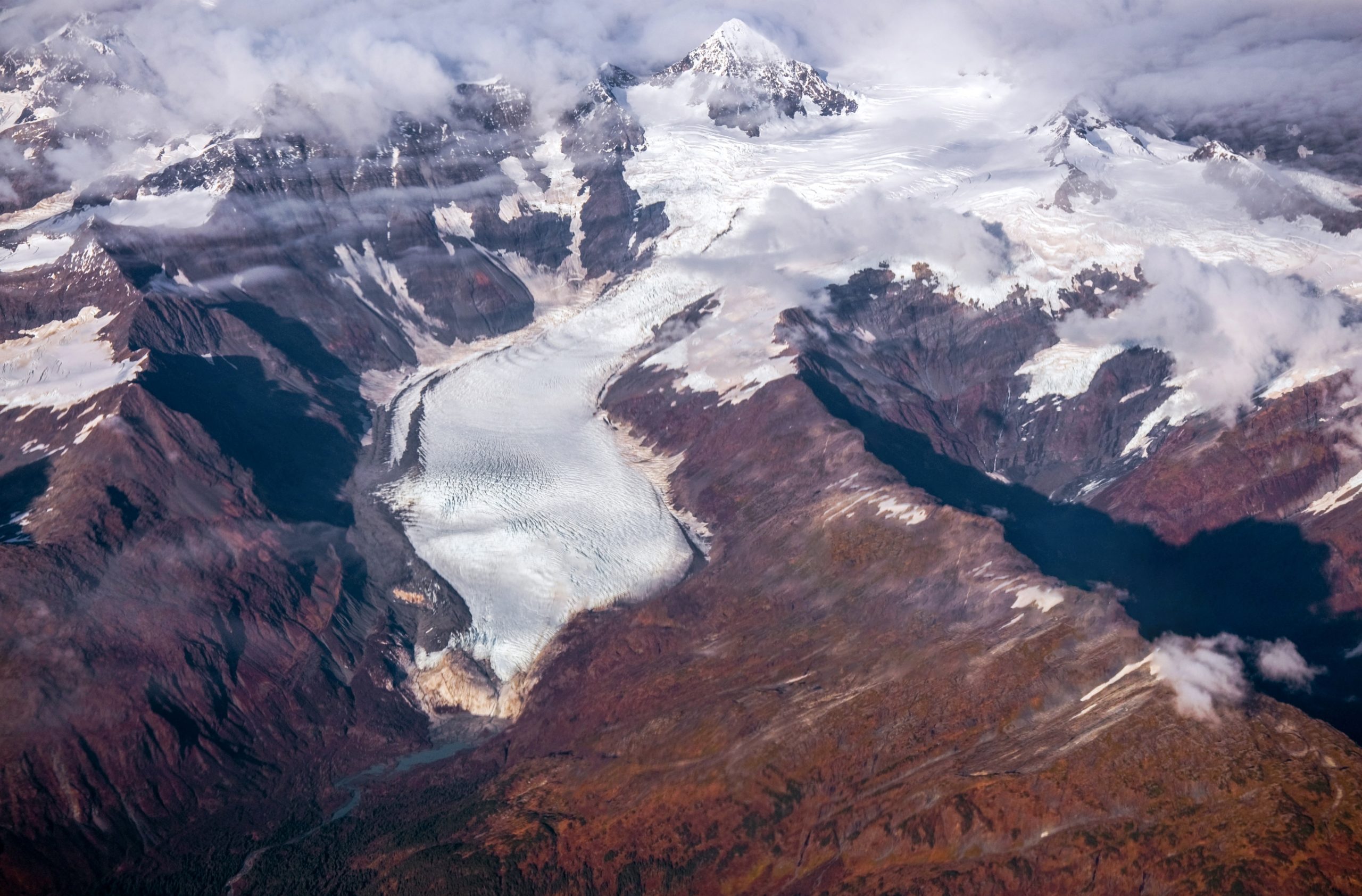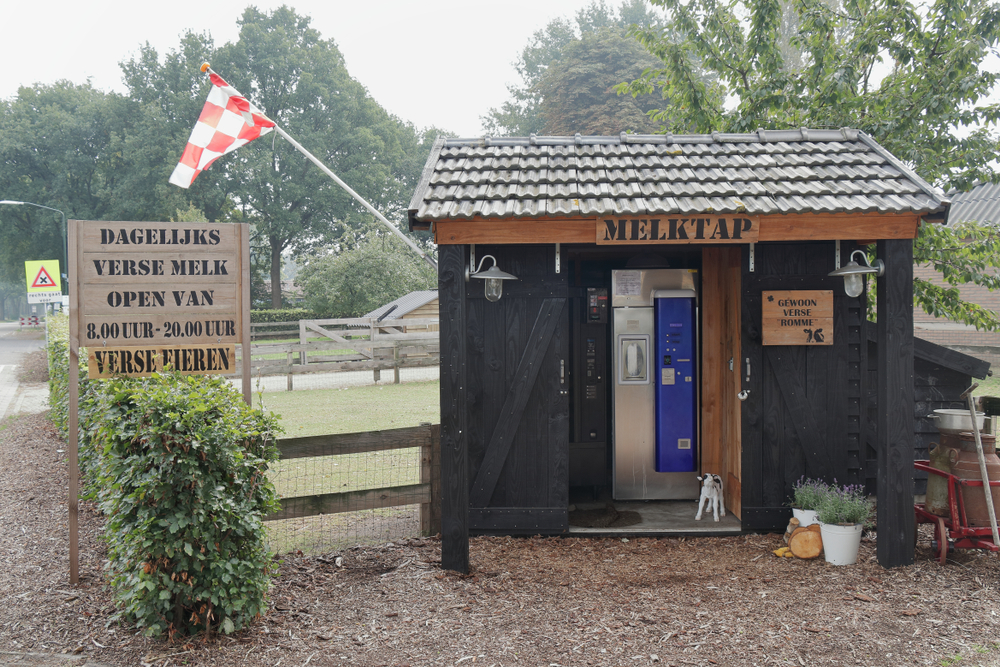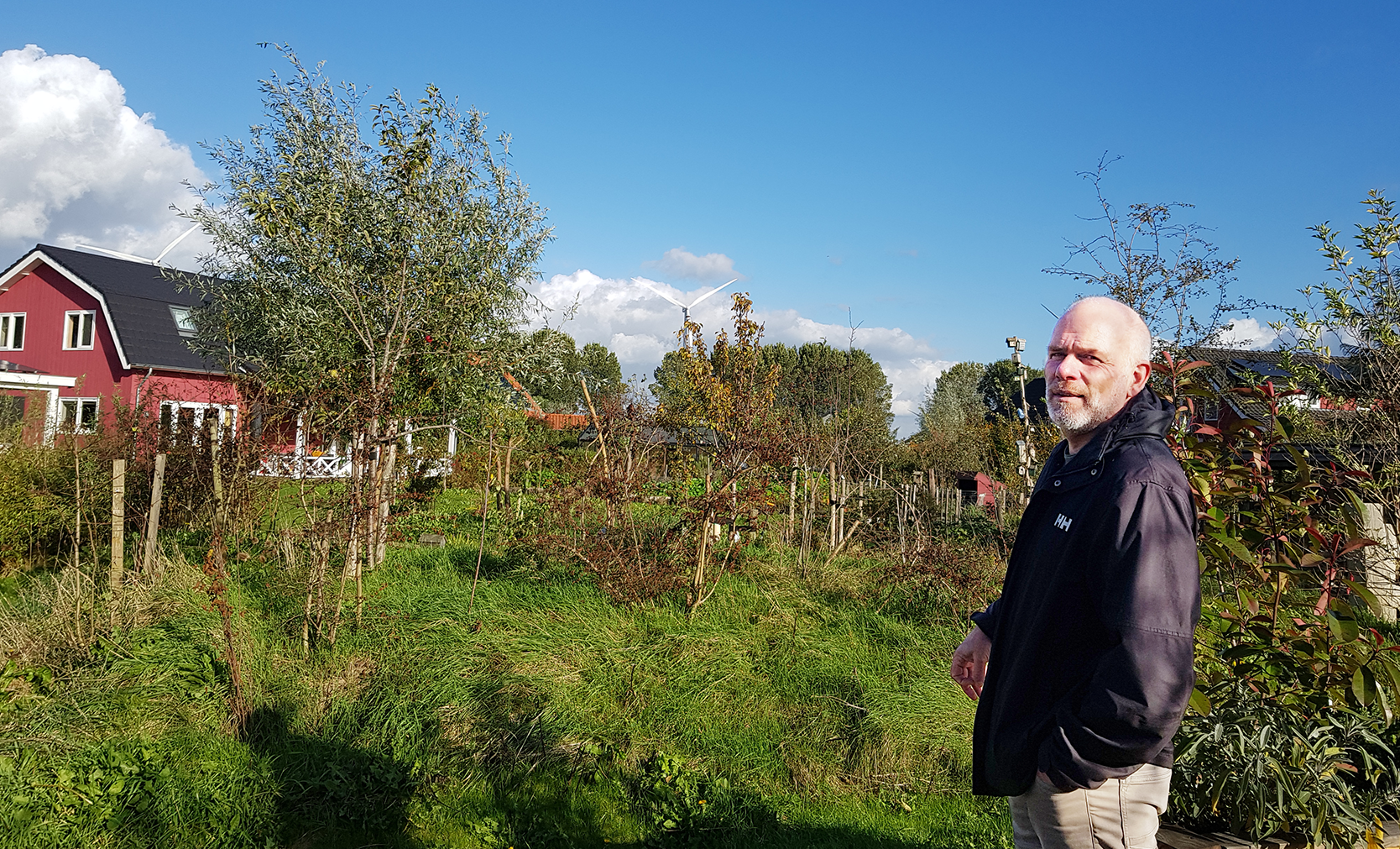The glaciers in the Himalayas will mostly have melted by the end of the present century. Hester Biemans has an ERC Consolidator grant to investigate the consequences these melting glaciers will have for agriculture.
Those consequences could be huge. The ice packs of the Himalayas, Karakoram and Hindu Kush, also known as the natural water towers of Asia, feed 12 major rivers. Two billion people live in the drainage basins, with much of the world’s food being grown there. Biemans says the area accounts for a third of global rice production and a quarter of global wheat production.
Agriculture there depends heavily on irrigation and the melting glaciers will affect the availability of water. Biemans: ‘My question is how climate change will affect the water used in agriculture. It can lead to both water shortages, with droughts, and an excess of water, with flooding. I want to use a detailed model to get a picture of this.’
‘Climate change will alter the rivers’ discharge patterns,’ explains Biemans. ‘You can see that here with the Rhine, which is also a meltwater river. The big difference with Asia is that the rivers there are connected to an extensive irrigation system. Several crops are grown each year. The whole farm system is geared to when the water arrives.’
Spatial model
‘Firstly, I want to assess the importance of the water stored in the form of snow and glaciers,’ she continues. ‘What is the extent of the water from the mountains and what happens if the melting pattern changes? It is sometimes suggested that the lives of two billion people depend on that water, but that is not the case. The farms use rainwater and groundwater as well as the meltwater.’
The model Biemans is developing will describe all the water flows. Biemans: ‘It is a spatial model that gives the origin of every litre of irrigation water. If you know the risks for the availability of water depending on its origins, you can make plans for adaptation. For example, you could store or filter in more water, or you could cut water consumption.’
I want to assess the importance of the water stored in the form of snow and glaciers
Changes in the use of the land are another possibility. ‘You could decide to stop growing certain crops, or grow them at a different point in the season. If the meltwater peak is earlier than in the past, there may no longer be water available when that particular crop needs it. The model can perform these calculations and show the consequences of a given choice.’
This is about customized solutions. Biemans thinks the impact of the melting glaciers will be different for each of the 12 drainage basins. A lot of data is needed for all those calculations, not just on water flows but also on the crops that are grown, the growing seasons and the use of irrigation water for crop cultivation.

 Hester Biemans looks at the impact of melting ice in the Karakoram, Hindu Kush and Himalayas on agriculture. Above, the Karakoram glacier. Photo Shutterstock
Hester Biemans looks at the impact of melting ice in the Karakoram, Hindu Kush and Himalayas on agriculture. Above, the Karakoram glacier. Photo Shutterstock 

